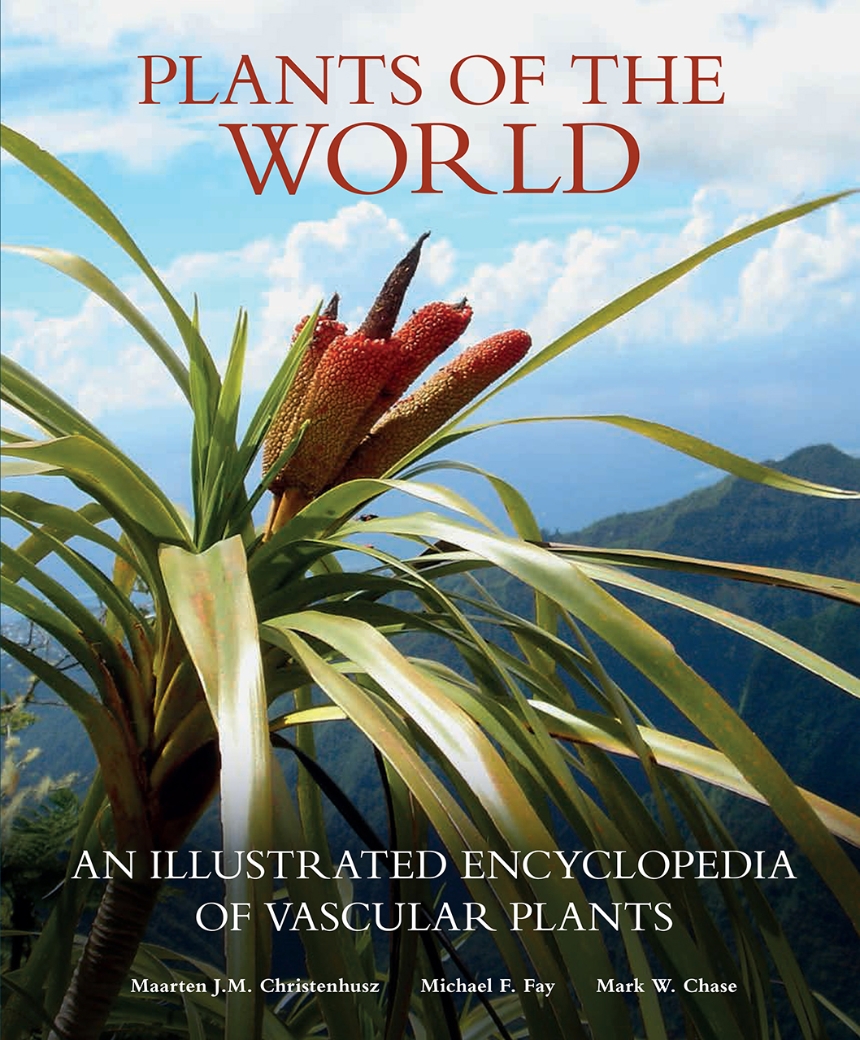Plants of the World
An Illustrated Encyclopedia of Vascular Plants
Plants of the World is the first book to systematically explore every vascular plant family on earth—more than four hundred and fifty of them—organized in a modern phylogenetic order. Detailed entries for each family include descriptions, distribution, evolutionary relationships, and fascinating information on economic uses of plants and etymology of their names. All entries are also copiously illustrated in full color with more than 2,500 stunning photographs. A collaboration among three celebrated botanists at the Royal Botanic Gardens, Kew, Plants of the World is authoritative, comprehensive, and beautiful. Covering everything from ferns to angiosperms, it will be an essential resource for practicing botanists, horticulturists, and nascent green thumbs alike.
Reviews
Table of Contents
How to use this book
Introduction
Evolution of land plants
Plants and human culture
Naming plants
Classification and the Angiosperm Phylogeny Group
Fossil plants
Families
Etymology and common names
Genera
Phytogeography
Economic botany
Lycopods
Ferns
Gymnosperms
The ANA grade families
Magnoliids
Monocots
Eudicots
Glossary
Acknowledgements
Photography credits
Further reading
General references
Index
Introduction
Evolution of land plants
Plants and human culture
Naming plants
Classification and the Angiosperm Phylogeny Group
Fossil plants
Families
Etymology and common names
Genera
Phytogeography
Economic botany
Lycopods
Ferns
Gymnosperms
The ANA grade families
Magnoliids
Monocots
Eudicots
Glossary
Acknowledgements
Photography credits
Further reading
General references
Index
